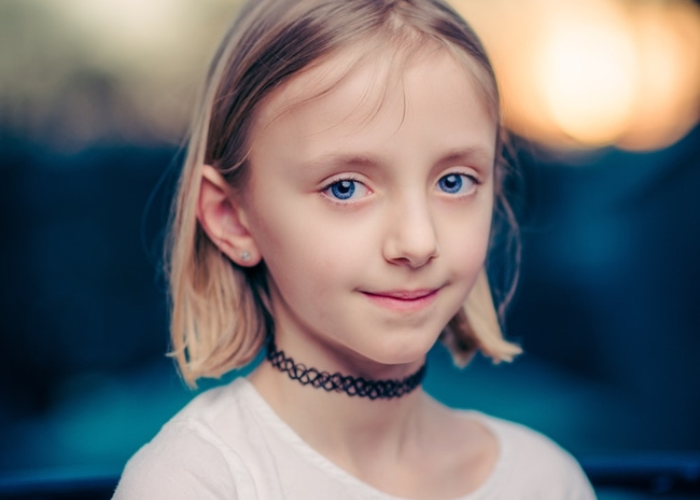Photography is an incredible art form that allows us to capture moments in time and immortalize them for future generations. It can be a difficult and overwhelming process to learn, but with a little patience and some practice, anyone can become a great photographer. In this blog, we’ll be taking a look at the basics of portrait photography. From finding inspiration to editing and post-production, we’ll cover everything you need to know to capture stunning portraits.
Finding Inspiration
When you’re just starting out with portrait photography, it can be hard to know where to begin. The best way to start is to look at the work of other photographers for inspiration. Look at the poses, lighting, and composition that they’ve used and see if you can use any of their techniques in your own work. It’s also helpful to look at other types of art for inspiration, such as paintings, sculptures, and movies. All of these can help you come up with creative ideas for portrait photography.
Camera Settings
Once you’ve found some inspiration, it’s time to start setting up your camera. The first thing you should do is make sure your camera is set to the appropriate resolution and file format. You’ll also want to make sure that you’re using the right shutter speed and ISO settings for the type of portrait you’re trying to capture. It’s also a good idea to use a tripod to ensure that your photos are sharp and steady.
Lighting Techniques
Lighting is one of the most important aspects of portrait photography. The right lighting can make or break a portrait. Natural light is usually the best choice, but you can also use artificial lighting to create different effects. Experiment with different lighting setups and see what works best for the type of portraits you want to take.
Posing
Posing your portrait subject can be a tricky business. It’s important to make sure that they’re comfortable and relaxed and that the pose looks natural. You can try different poses and angles to find the one that looks best. You can also try having them move around and experiment with different facial expressions to get the perfect shot.
Capturing Candid Moments
Sometimes the best portraits are the ones that capture a genuine moment in time. Try to be patient and wait for the right moment to press the shutter button. You can also use a longer shutter speed to capture the subject’s movements.
Working With Portrait Subjects
When you’re working with portrait subjects, it’s important to make them feel comfortable and relaxed. Take the time to get to know them and talk to them about what they want to get out of the session. This will help you create a connection and make them more likely to cooperate.
Editing and Post-Production
Editing and post-production are essential steps in creating stunning portraits. You can use software such as Photoshop or Lightroom to adjust the colors, contrast, and exposure of your photos. You can also use these programs to crop and retouch your photos to get the perfect shot.
Conclusion
Portrait photography is an art form that requires patience, practice, and creativity. It can take time to master the techniques and settings, but with a little effort, anyone can become a great portrait photographer. By taking the time to find inspiration, set up the camera, experiment with lighting and posing, capture candid moments, work with portrait subjects, and edit and post-produce your photos, you’ll be able to create stunning portraits that will last a lifetime.







